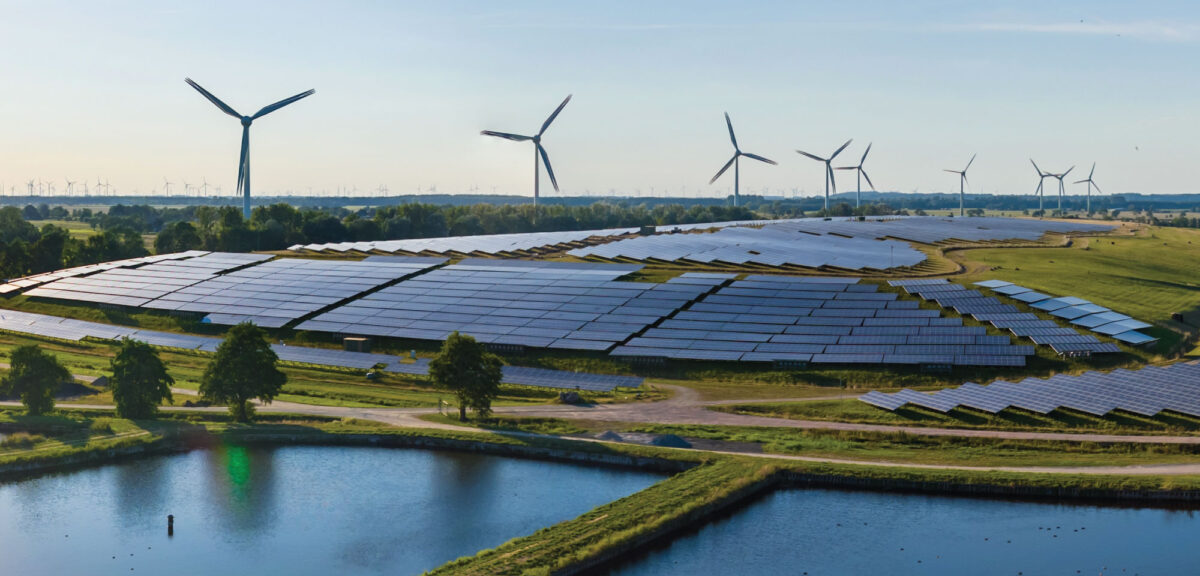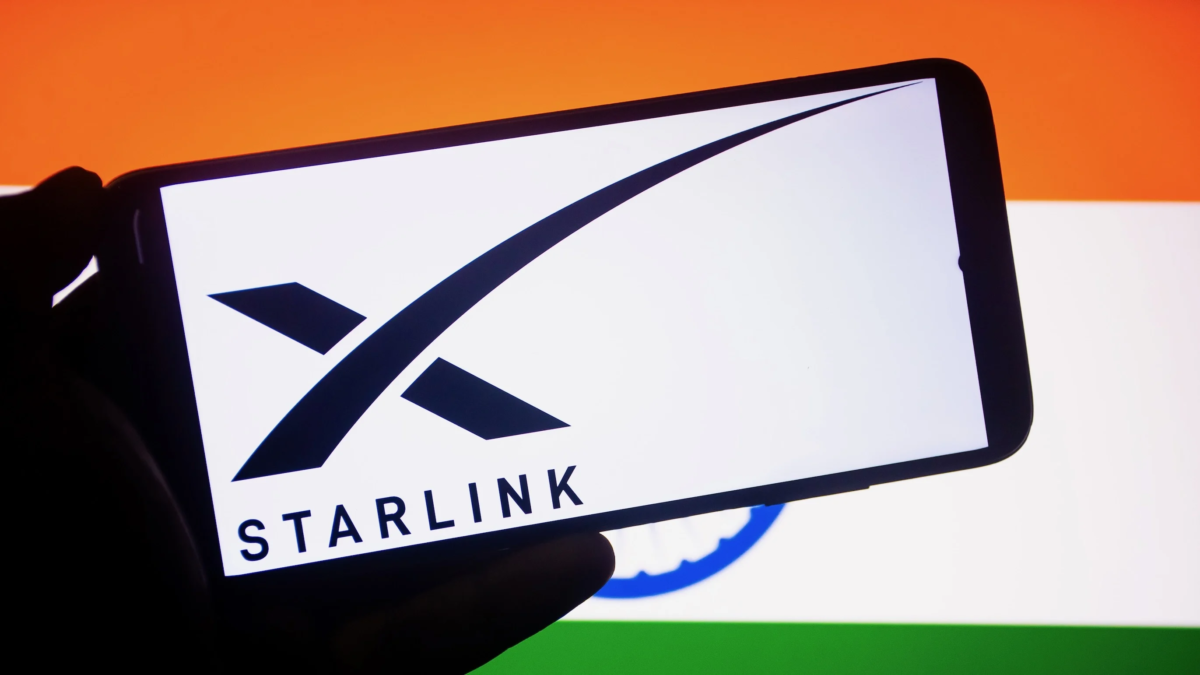Renewable energy accounted for 22.49% of the total electricity generation in the country in 2024-25 (till January), the Union ministry of new and renewable energy informed the Rajya Sabha on Tuesday.
The information was provided by Shripad Yesho Naik, Union minister of state (MoS) for renewable energy in a written response to questions by CPI MP V Sivadasan.
Naik had said, on February, 11 that in line with Prime Minister Narendra Modi’s announcement at COP26, the ministry is working towards achieving 500 GW of installed electricity capacity from non-fossil sources by 2030. To be sure, generation is the amount of electricity produced over a period of time, while capacity is the maximum amount of electricity that can be produced.
Over the last nine years, contribution of the renewable energy sector to total energy generation increased from 17.28% in 2014-15 to 20.75% in 2023-24, according to the Renewable Energy Statistics Report 2023-24. In 2022-2023, the report states that renewable energy accounted for 22.61% of total electricity generation.
According to India’s updated nationally determined contribution (essentially, emissions reduction target) under the Paris Agreement in August 2022, it aims to reduce emissions intensity of its GDP to 45% by 2030 from the 2005 level, and increase the share of non-fossil fuel-based energy resources to 50% (500GW) of its installed power generation capacity by 2030. India is yet to update its NDC for 2035 period.
On Tuesday, Naik also responded to questions on increase in solar power capacity and manufacturing.
India’s solar power sector has witnessed an increase in capacity over the past decade, rising from 2.82 GW in 2014 to 100 GW in 2025, he said in response to questions by BJP MP Jaggesh.
“India has also made significant strides in solar manufacturing. In 2014, the country had a limited solar module manufacturing capacity of just around 2 GW. Over the past decade, this has surged to 67 GW, as enlisted under the Approved List of Models and Manufacturers,” he said.
Top-notch SEBI registered research analyst
Best SEBI registered Intraday tips provider
Telegram | Facebook | Instagram
Call: +91 9624421555 / +91 9624461555



